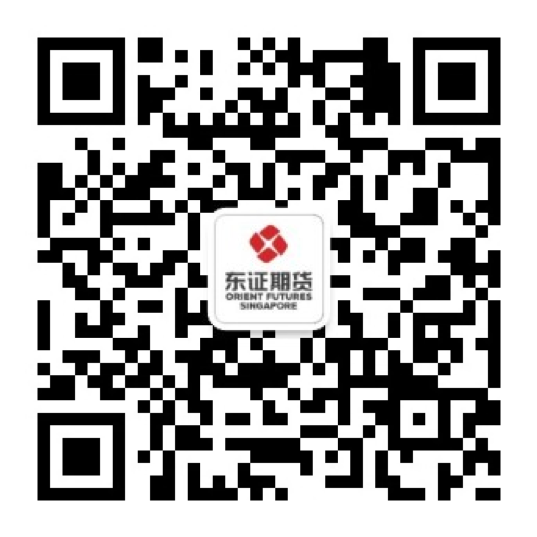
Dow Jones futures, along with mini futures and micro futures, represent a fraction of the standard Dow Jones Industrial Average (DJIA) futures. Widely recognized as key stock market indices the Dow Jones Industrial Average (DJIA), the S&P500, NASDAQ100, and Russell2000 are among the major indexes that serve as leading benchmarks for the U.S. stock market.
Originally, the Dow Jones Index was traded using E-minis or Dow Jones Mini Futures, which were sized at 1/10th of the main contract. However, the increasing costs associated with these contracts posed a barrier for many traders, limiting participation in the futures market. Consequently, the micro E-mini–Dow Jones Industrial Average Index Futures was introduced, offering contracts one-tenth the size of an E-mini contract.
What Are Micro E-mini Futures?
Micro E-mini Futures are essentially reduced-scale iterations of the Chicago Mercantile Exchange’s (CME) widely used E-mini stock index futures contracts, measuring only 1/10th of the E-mini size. The development of these contracts by the CME Group was prompted by the growing costliness of traditional E-mini contracts, which had rendered them inaccessible to numerous traders, thereby limiting participation in the futures market.
These micro futures present a range of advantages, including portfolio diversification, capital efficiency, heightened risk management flexibility, and uninterrupted access to trading opportunities. By providing smaller contract sizes, micro futures enable investors to diversify their portfolios more effectively, optimize capital allocation, and adjust positions with greater precision to manage risk exposure. Moreover, the availability of round-the-clock trading enhances market liquidity and ensures accessibility for traders across different time zones.
Contract Specifications
The Micro E-mini Dow Jones Industrial Average Index follows the same standards as established by regulations from Chicago Mercantile Exchange (CME). The index is constituted by 30 top-performing companies, of which, the top 5 companies with the largest market cap include Microsoft (MSFT), Apple (AAPL), Amazon (AMZN), Visa (V) and JPMorgan Chase (JPM).
Based on this, the Micro E-mini Dow Jones Industrial Average Index has the following regulations:
The Micro E-mini–Dow Jones Industrial Average Index Futures has a minimum price fluctuation outright 1.0 index points, which is $0.50 and contract unit of $0.50 x DJIA Index.
Contract months are monthly contracts on March, June, September and December which are listed for 4 consecutive quarters.

Market News
Through the month of April, the market experienced more turbulence over Iran's missile and drone strike on Israel and heightened market volatility. On 12 April, we saw the Dow Jones Industrial Average experiencing its worst performance of the year, shedding 476 points, with the S&P 500 also facing significant losses. These downturns were primarily attributed to persistent inflation worries and lackluster first-quarter earnings reports.
Adding to market jitters, Iran's direct attack on Israel has raised concerns of further escalation and potential retaliation. However, some analysts suggest that the immediate risks to oil prices and markets may be slightly diminished, particularly if Israel refrains from significant retaliation, as advised by the Biden administration.
According to CNBC, investors are closely monitoring earnings reports from major players like Goldman Sachs and M&T Bank, as well as key economic data releases, including retail sales and manufacturing numbers. Additionally, Treasury yields, which saw fluctuations amidst inflation concerns, eased slightly on Friday, 12 April, as investors sought refuge in safe-haven assets.
Overall, while geopolitical tensions and inflationary pressures continue to weigh on market sentiment, investors remain cautiously optimistic about potential relief rallies, particularly if geopolitical risks are contained and economic data proves favorable.
Start Trading With Orient Futures Singapore
Being an Overseas Intermediary of Shanghai International Energy Exchange (INE), Dalian Commodity Exchange (DCE), and Zhengzhou Commodity Exchange (ZCE), when foreign clients participate in internationalised futures contracts in these Chinese markets with us, they have direct access to trading, clearing, and settlement. Our parent company, Shanghai Orient Futures, is the largest broker in terms of aggregated volume across the five regulated exchanges in China.
Orient Futures Singapore also currently holds memberships at the Singapore Exchange (SGX), Asia Pacific Exchange (APEX), and ICE Futures Singapore (ICE SG).
We provide premium customer service at an affordable cost to all our clients. Our team will be there for you 24 hours on trading days to provide a one-stop portal for all your trades, with simple processes and an intuitive user interface that has low or near-to-zero latency.






